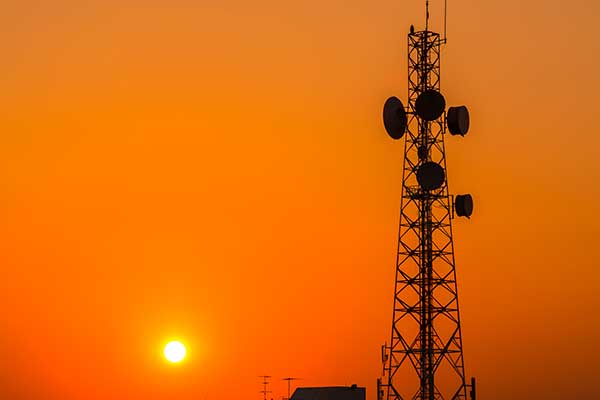The Imperative of Backup Communications: Lessons from the AT&T Disruption
By Mack Jackson Jr.

In an era where business operations are intrinsically linked to digital connectivity, the recent AT&T outage is a potent reminder of our telecommunications infrastructure’s fragility. For entrepreneurs and businesses nationwide, a seemingly routine day was suspended as tens of thousands found themselves in a digital blackout, unable to use AT&T’s cellular services to communicate, connect, or carry out business activities. With reports peaking at nearly 75,000 outages, the impact was far from trivial, affecting everything from individual communications to critical emergency services.
The Underlying Issue: A Flawed Software Update
The root cause of this widespread disruption was traced back to a software update intended to enhance the network’s capabilities. However, instead of improvements, the update inadvertently halted the network. This incident highlights modern telecommunications systems’ intricate and interconnected nature, where a single error can lead to extensive service interruptions. Despite initial concerns, investigations by federal agencies, including the FBI and the Department of Homeland Security, confirmed that the outage was not due to a cybersecurity breach, offering some reassurance in a time of heightened vigilance against digital threats.
AT&T’s Swift Response and the Role of Alternative Communications
In response to the outage, AT&T’s technical teams worked around the clock to restore service, quickly reestablishing connectivity for the affected customers. This effective recovery effort demonstrated the company’s preparedness and the resilience of its response systems. During the outage, the recommendation to utilize Wi-Fi calling highlighted the importance of having alternative communication methods ready, showcasing a crucial layer of redundancy in telecommunications.

A Wake-Up Call for Businesses: The Need for Preparedness
This outage is a critical lesson for service providers and their customers on the importance of preparedness and digital literacy. It’s a stark reminder of the need for businesses to have backup communication plans in place. In today’s digital age, being informed about and ready to switch to alternative communication methods, such as Wi-Fi calling or messaging apps, can differentiate between operational continuity and a complete halt in operations during such disruptions.
Moreover, the outage’s impact on emergency services accentuates the vital need for communication systems that are robust and resilient enough to withstand various failures. Ensuring uninterrupted access to emergency services is crucial for public safety, and any obstacle in this regard poses a significant risk.
Towards a More Resilient Digital Infrastructure
The AT&T incident underscores the urgency for continuously enhancing our digital infrastructure’s resilience. It signals the need to bolster our telecommunications systems, ensuring they are reliable, robust, and equipped to handle unexpected disruptions. Strengthening our digital foundations through rigorous testing, backup systems, and cybersecurity measures is not optional but a necessity as our reliance on digital connections deepens.
The business lesson is clear: the importance of a contingency plan cannot be overstated. Ensuring you have a robust backup communication system is crucial for maintaining operations and safeguarding against the inevitable uncertainties of the digital landscape.
This article originally appeared in the Spring 2024 issue of CHOICES Magazine






Leave A Comment